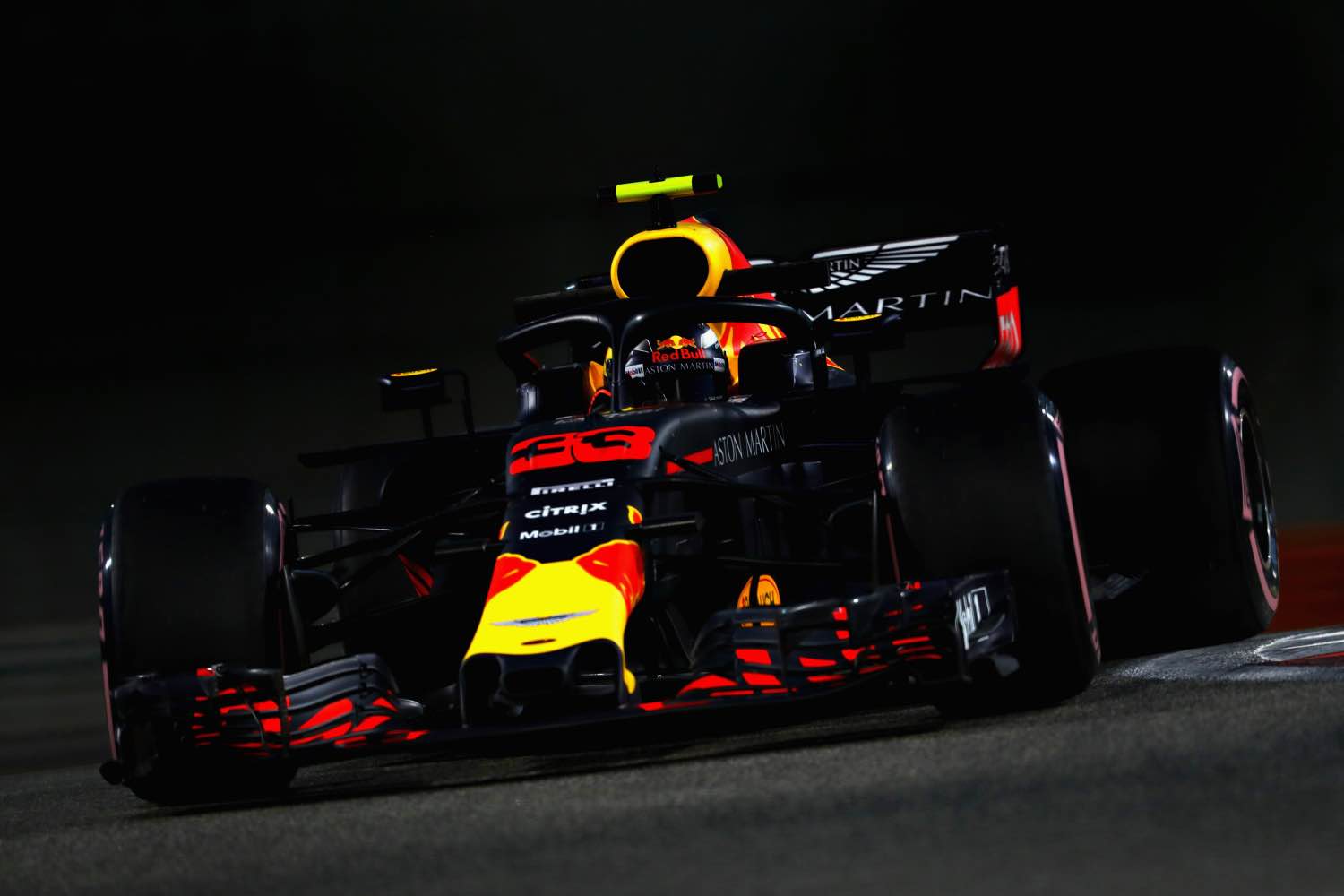Nestled at the heart of Latin America, the vibrant Mexico City Grand Prix stands as one of Formula 1’s most atmospheric spectacles. The high-altitude Autódromo Hermanos Rodríguez, bursting with fervent fans and colorful traditions, consistently challenges the world’s best drivers and engineers. As the Formula 1 calendar rolls toward this iconic circuit once again, enthusiasts are eagerly bracing themselves for not just thrilling on-track battles, but also the unique cultural festival that only Mexico can provide.
The circuit’s signature—its position over 2,200 meters above sea level—adds a fascinating layer of unpredictability. Thinner air means turbochargers are pushed to their limits and achieving optimal downforce becomes a true engineering feat. Notably, this altitude creates high straight-line speeds and low drag, offering teams multiple avenues of strategic thinking. Power units must perform flawlessly under extra stress, while cooling systems are tested due to the reduced air density. This combination often results in unpredictable outcomes and has delivered surprise results in past races.
What truly makes the Mexico City Grand Prix unforgettable, however, is the passionate crowd. Local hero Sergio "Checo" Pérez always receives a thunderous welcome, stoking national pride and excitement throughout the weekend. The Foro Sol stadium section, where fans surround a portion of the lap in grandstand-packed euphoria, has become an emblem of the Grand Prix. Here, every lap is celebrated with waves, cheers, and the unmistakable pulse of Latin music, making it a bucket list race for any devoted Formula 1 aficionado.
This event is more than just a sporting highlight—it’s a full-blown festival of motorsport and Mexican culture. From the exuberant Día de los Muertos decorations to the tempting aromas of street tacos wafting through the stands, every visitor becomes immersed in a feast for the senses. Even teams and drivers, usually focused on precision and performance, are known to join in the local festivities, sporting sombreros and posing with iconic marigold flower displays.
On the track, the circuit presents its own set of tactical headaches. The long, DRS-aided main straight rewards outright engine power, yet the serpentine, slower middle sector shifts the emphasis to downforce and mechanical grip. Tire degradation often plays a significant role, with teams forced to juggle aggressive strategies to make the most of their rubber over the demanding 71 laps. The tight stadium section, meanwhile, provides a breathtaking backdrop for overtaking moves and last-gasp lunges.
Looking at recent seasons, the fight for supremacy has grown ever fiercer. Red Bull and Mercedes have traded blows here, while Ferrari and McLaren are eager to spring upsets in the unpredictable conditions. Local star Pérez, in particular, dreams of a fairy-tale home victory—a feat that would almost certainly bring the nation to a euphoric standstill. Meanwhile, the struggle for midfield points can produce dramatic wheel-to-wheel action, with the unique characteristics of the circuit often leveling the competitive playing field.
As the world’s greatest racing circus sets up camp once more in Mexico City, fans can look forward to a truly unmissable Grand Prix. From the roar of the engines bouncing off grandstands to the carnival of color and sound that envelops the venue, every moment pulsates with passion. Whether you’re watching from a sun-soaked seat in the Foro Sol or following from afar, the Mexico City Grand Prix always delivers an intoxicating dose of Formula 1 drama.
For those seeking to feel closer to the action, immersing themselves in the Mexican spirit and the fevered energy of race weekend is a must. The Mexico City Grand Prix serves as a reminder of Formula 1’s global appeal—a celebration that extends far beyond the chequered flag. The fusion of technical intrigue, sporting heroics, and rich tradition guarantees this event remains one of the true jewels in the crown of motorsport.



















































































































































































































































































































































































































































































































